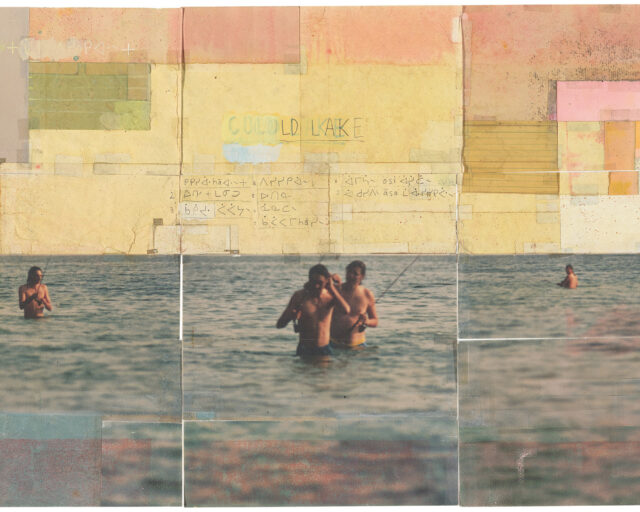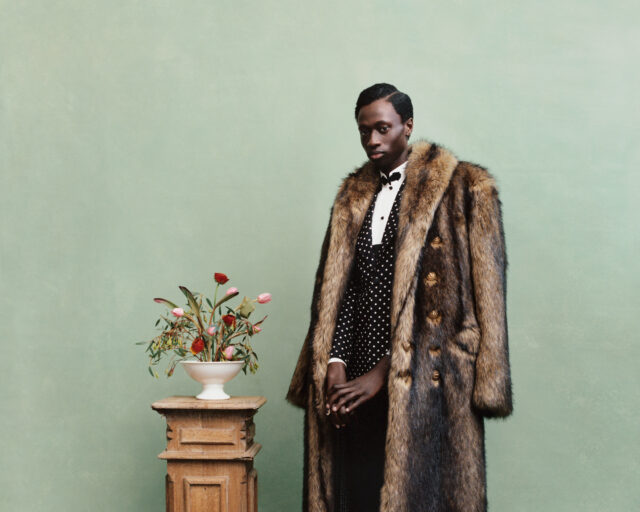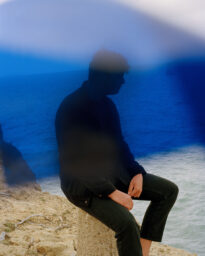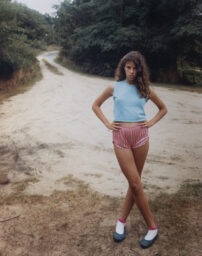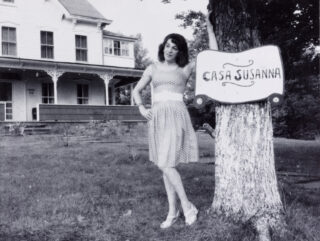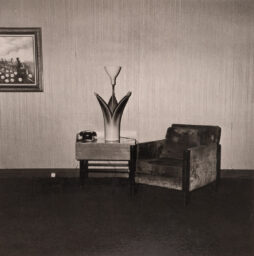Searching for an Indigenous Fashion Star, Martine Gutierrez Casts Herself
With her self-made magazine, the Latinx artist challenges notions of gender and cultural identity.
Martine Gutierrez, Queer Rage, Imagine Life-Size, and I’m Tyra, 2018
“No one was going to put me on the cover of a Paris fashion magazine, so I thought, I’m gonna make my own,” recounts Martine Gutierrez, speaking about her 2018 project Indigenous Woman, which takes the form of a 124-page magazine. In a series of spreads that encapsulates high-fashion glamour, as well as humor and the absurd, the artist is the project’s featured model, photographer, stylist, creative director, and editor in chief. However, Gutierrez is enacting not simply the “artist as muse” but rather the “artist as media mogul,” staging a guerrilla-style seizure and colonization of space in an image-based world to which she had previously been denied access.
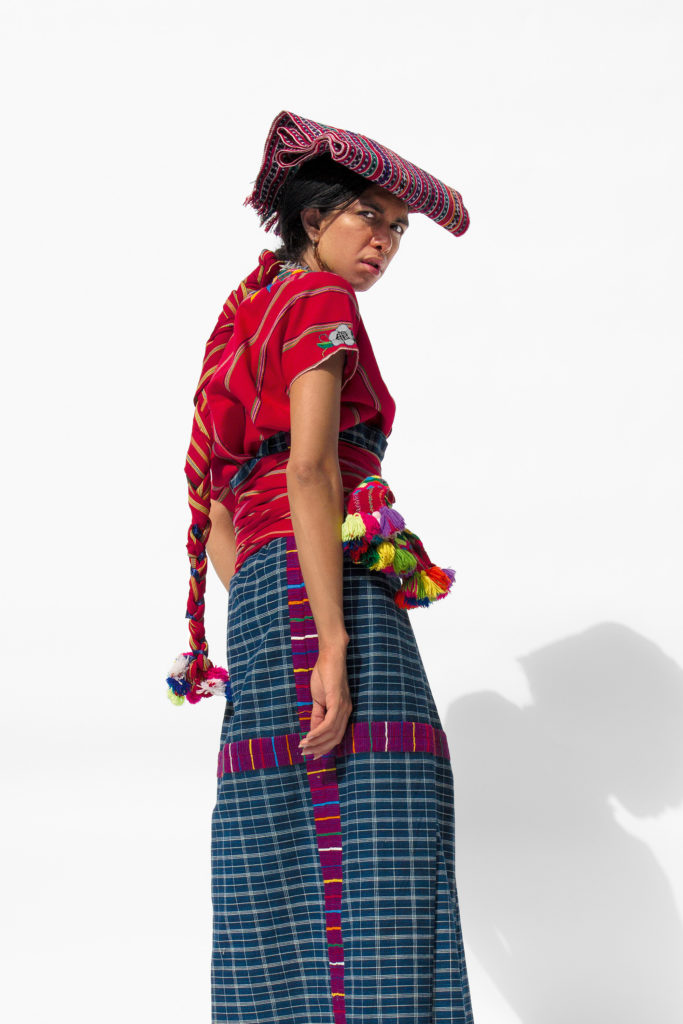
The concept of an artist’s book is not new. Since the nineteenth century, following the inception of the photographic medium, artists have engaged the format through the sequencing of images combined with the use of text. In the late twentieth century, the artist’s book took on new meanings. A cultural vehicle associated with the production and dissemination of knowledge was usurped and used to put forth polemical correctives to mainstream ideas about everything ranging from war and immigration to incarceration. But a fashion magazine rests in a decidedly different realm of popular culture. It is less precious, more pedestrian and unassuming. Any linearity dissolves in our casual method of flipping through pages, jumping around between images and spreads. Gutierrez was drawn to this aspect of magazines, and how they offered an opportunity to subvert white, Western standards of beauty: “What better way to do that than in a format we all understand?”
Indeed, appropriation is a thread that runs throughout the entire project. Not only does the artist appropriate the format, but there is a revolving roster of identities that she puts on and takes off as interchangeably as a hairstyle, a mask, or a pair of shoes. In a bilingual, psychedelic advertisement for “Identity Boots,” Gutierrez poses nude in go-go boots, covered in gender symbols that gesture toward glyphs or pictograms. In other images, she appears in Indigenous textiles—some belonging to her Mayan grandmother—against a stark white background, with jewelry, bananas, or the ubiquitous handmade muñecas, a type of doll peddled in markets throughout Mexico and Central America. In each case, makeup, props, and costumes become part of the masquerade that Gutierrez employs as a challenge to stable notions of gender and cultural markers, resulting in a foregrounding of the performative aspects of identity. Within the artist’s critical appropriation of the fashion magazine format, identity itself is put forth as commodity or currency, an item to be formed, expressed, weighed, and exchanged.
Throughout Indigenous Woman, indigeneity becomes a medium to reflect on gender, heritage, and narrative. As a trans artist, Gutierrez mobilizes the concept of indigeneity to question the birth origins of gender—what makes a “Native-born” woman, and what contributes to the stability of this identity? For Gutierrez, who is of Mayan heritage, the title evokes the facets of cultural identity and her family’s Indigenous roots. As a result, the artist deftly avoids being categorized at the same moment that her image is repeated. She is carefully poised within the tension between indigeneity and popular culture. Such sincere investment in both makes the project equal parts impressive and enthralling. Gutierrez states, “Affirming my life is an ongoing project; it’s about identity at large.”
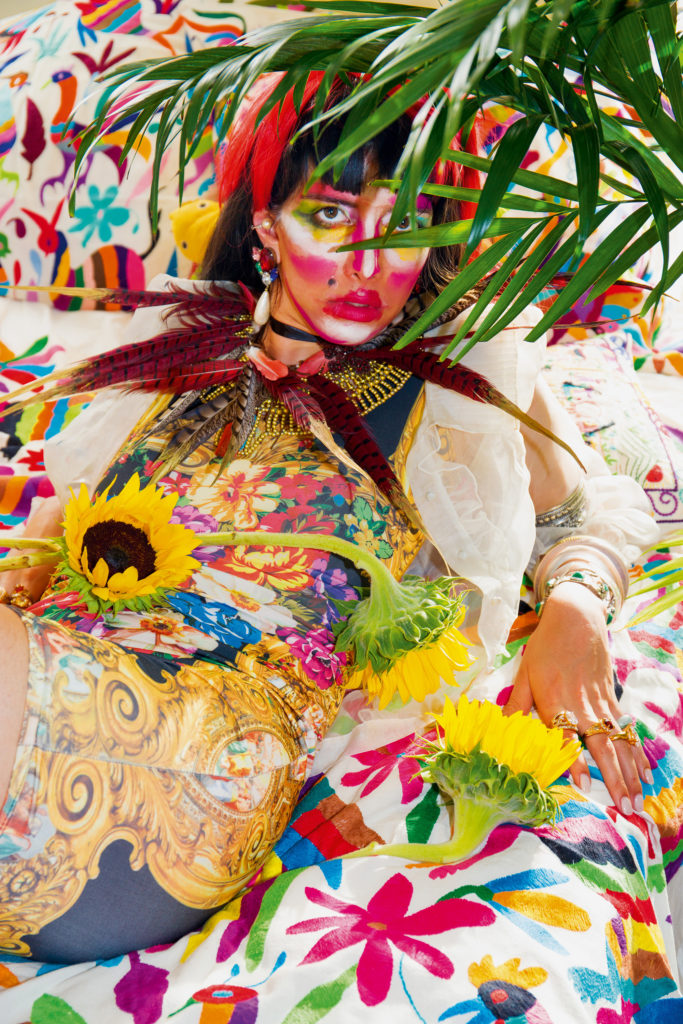

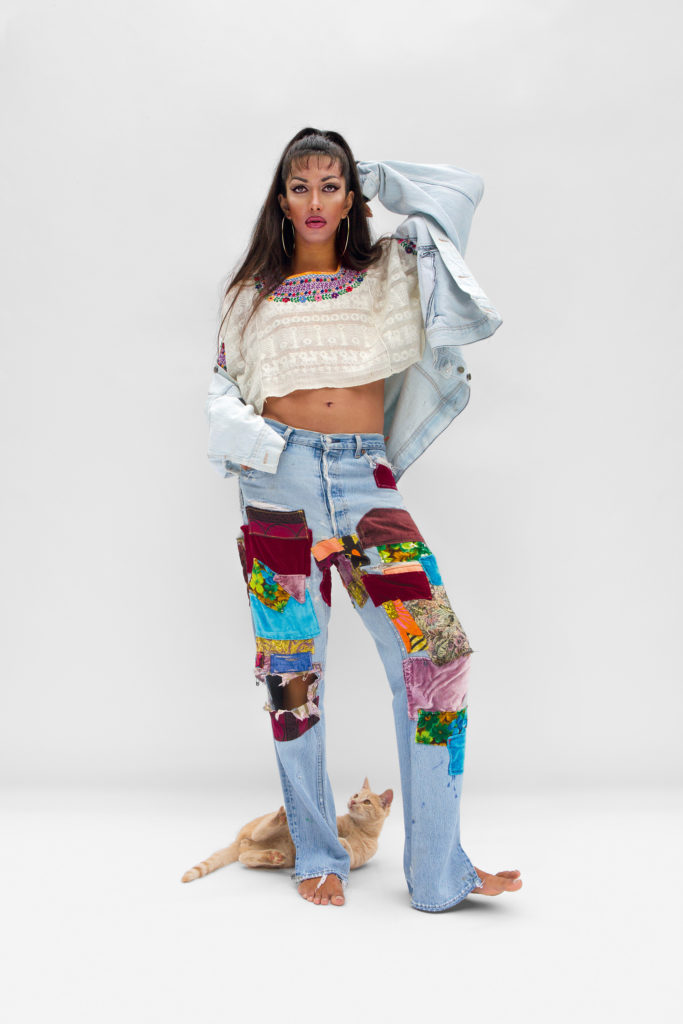
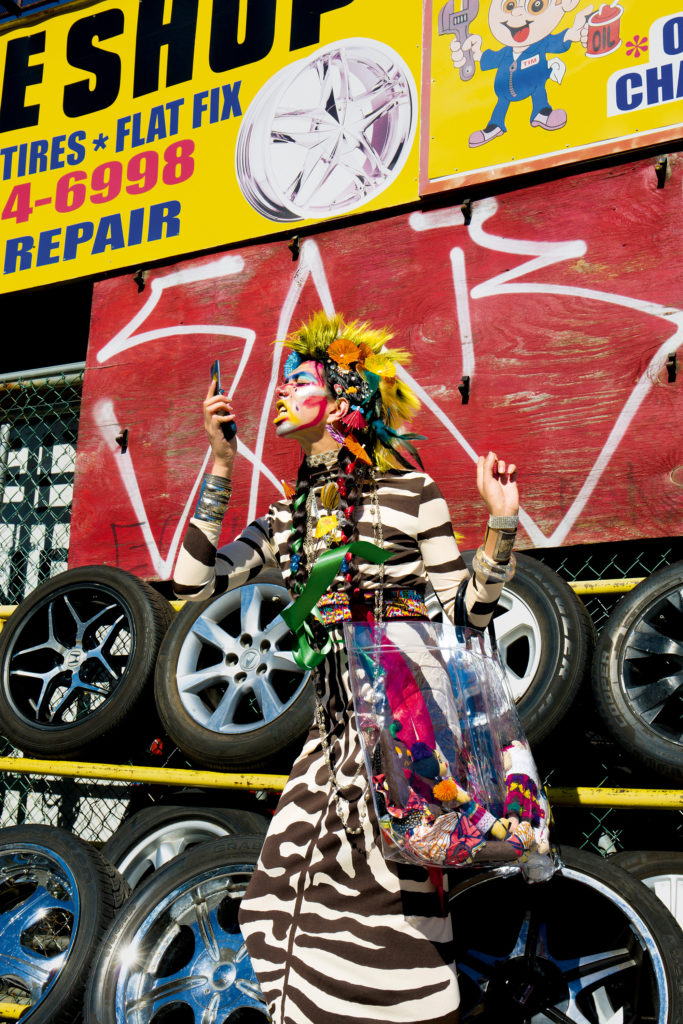

All works from the series Indigenous Woman, 2018. Courtesy the artist and RYAN LEE Gallery, New York.
This essay originally was originally published in Aperture, issue 240, “Native America,” under the title “Indigenous Woman.”










